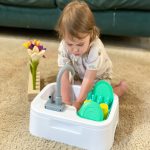Introduction: The Importance of Proper Brush Care
En 2024 proper care and maintenance of paint brushes are essential for artists, whether they are professionals or hobbyists. A good quality brush can be a significant investment, and taking care of this tool ensures its longevity and performance over time. Cleaning brushes properly also plays a crucial role in maintaining the quality of your artwork. Paint residue left on brushes can mix with other colors, leading to unintended hues and compromising your work. Additionally, improperly cleaned brushes can harden, lose their shape, and become unusable. This article explores whether you can wash paint brushes in the sink, discusses the environmental implications, and provides a comprehensive guide on the best techniques for cleaning artistic tools to preserve their functionality and enhance your painting experience.
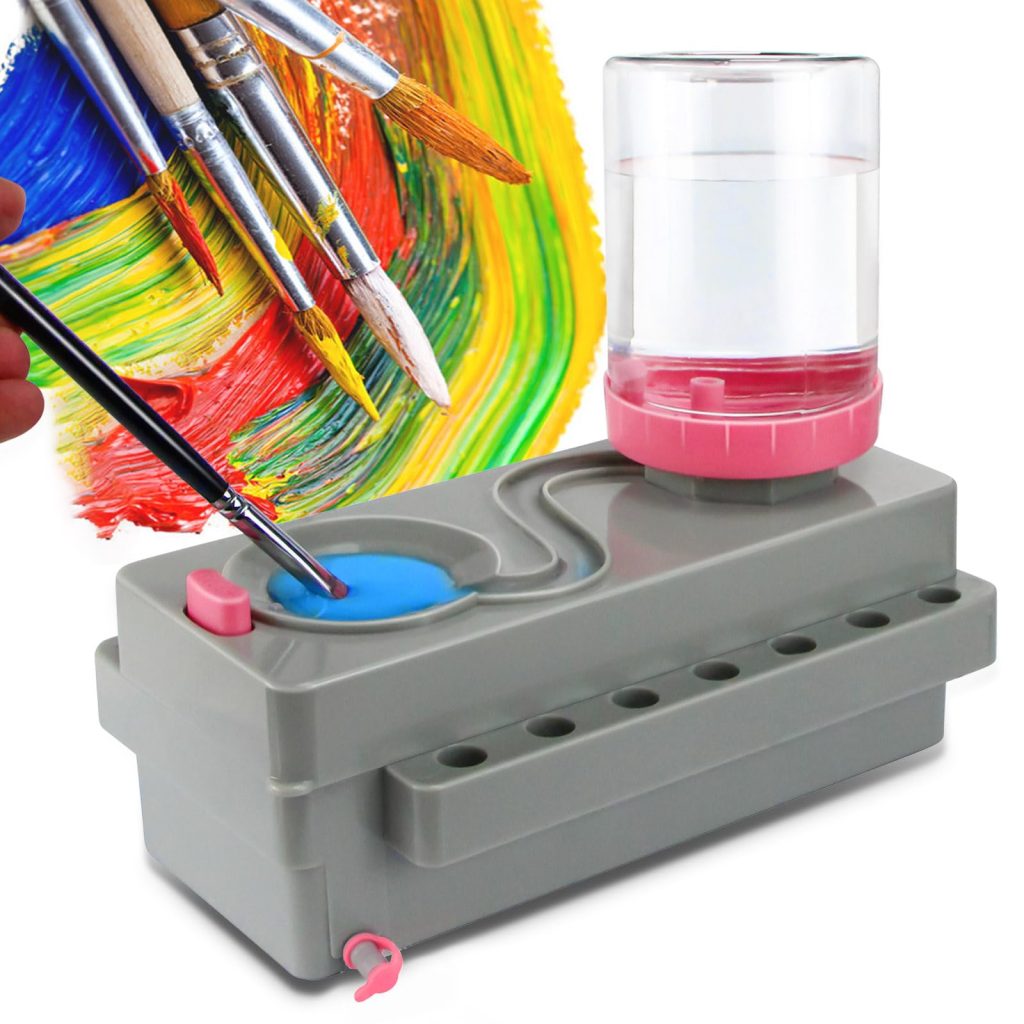
Environmental Considerations: The Impact of Washing Brushes in the Sink
Washing paint brushes in the sink can have significant environmental consequences, especially when dealing with oil-based paints and solvents. These substances can be harmful to aquatic life and ecosystems if they enter the water supply. Oil-based paints and solvents do not dissolve in water and can create a film on the surface, interfering with oxygen exchange and harming wildlife. Even water-based paints, though less harmful, contain pigments and binders that should not be released into the environment unchecked. Municipal water treatment facilities are not equipped to filter out all the chemicals found in paints and solvents, meaning these pollutants can end up in rivers, lakes, and oceans. Artists must consider these environmental impacts and adopt responsible cleaning practices to minimize their ecological footprint.
Water-Based Paints: Safe Techniques for Sink Cleaning
When using water-based paints such as acrylics, gouache, or watercolors, washing brushes in the sink is generally considered safe if done correctly. These types of paints are less harmful to the environment compared to oil-based paints, but precautions are still necessary.
Start by wiping off excess paint onto a paper towel or rag before rinsing the brush under running water. Use lukewarm water and a gentle soap, such as dish soap or a specialized brush cleaner, to remove the remaining paint from the bristles.
Work the soap into the bristles with your fingers or a brush comb, ensuring all paint residues are removed. Rinse thoroughly until the water runs clear. Avoid using hot water, as it can cause the ferrule (the metal part holding the bristles) to expand and loosen the bristles.
After cleaning, reshape the brush head and let it dry horizontally or with the bristles pointing downwards to prevent water from seeping into the ferrule, which can weaken the glue and cause bristle loss.
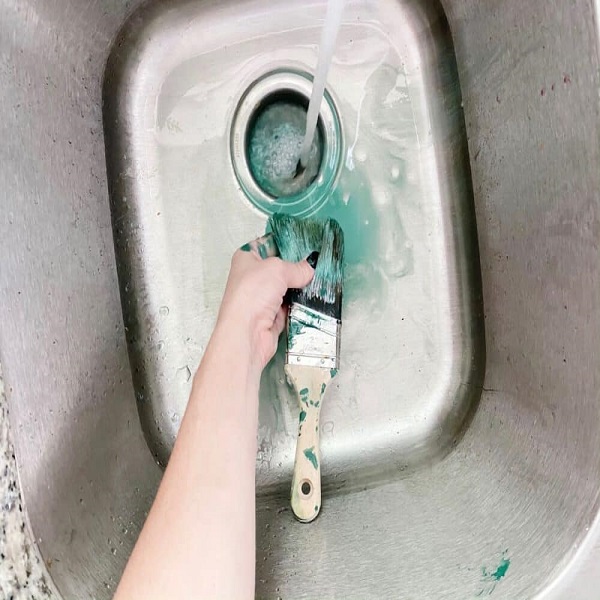
Oil-Based Paints: Alternative Cleaning Methods
Oil-based paints require different cleaning methods due to their chemical composition. Washing oil paint brushes in the sink is not recommended because the solvents needed for cleaning can harm plumbing and the environment.
Instead, use a multi-step process involving solvents like mineral spirits or turpentine. Begin by wiping off as much excess paint as possible with a rag or paper towel. Pour a small amount of solvent into a container and swirl the brush in it, dislodging the paint from the bristles.
Repeat this process with fresh solvent until the brush is clean. It’s important to work in a well-ventilated area and wear gloves to protect your skin from harsh chemicals. Once the brush is clean, follow up with a gentle soap and water wash to remove any remaining solvent residues.
Finally, reshape the bristles and let the brush dry properly. Dispose of used solvents according to local hazardous waste disposal guidelines to prevent environmental contamination.
Proper Disposal of Paint Waste: Environmental Responsibility
Proper disposal of paint waste is critical for minimizing environmental impact. Never pour leftover paint or cleaning solvents down the drain or into the soil. For water-based paints, allow the paint solids to settle at the bottom of the cleaning container. Pour the clear water on top into the sink, but dispose of the sludge at the bottom as solid waste. For oil-based paints and solvents, collect used materials in a sealed container and take them to a hazardous waste disposal facility. Many communities offer special collection days for hazardous household waste. Check with your local waste management authorities for guidelines on proper disposal. By responsibly disposing of paint waste, artists can help protect the environment and prevent harmful chemicals from entering the water system or contaminating the soil.
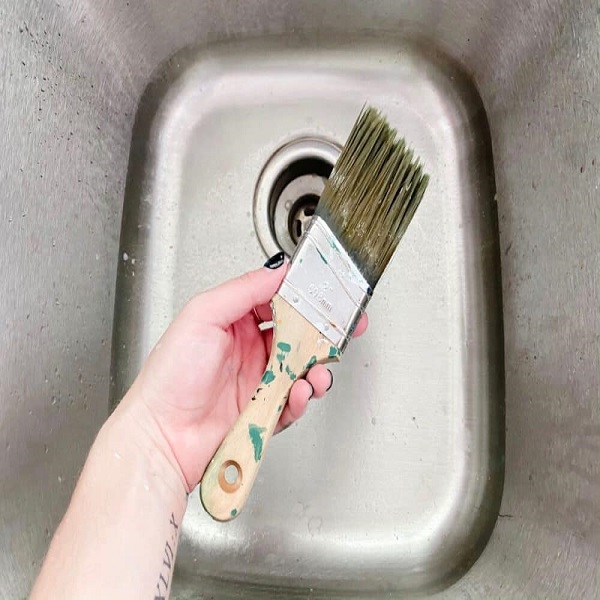
Maintaining Brush Quality: Post-Cleaning Care
After thoroughly cleaning your paint brushes, proper post-cleaning care is crucial to maintain their quality and extend their lifespan. Gently reshape the bristles while they are still damp, ensuring they dry in their correct form. Avoid drying brushes upright, as water can seep into the ferrule, damaging the adhesive that holds the bristles in place. Instead, lay them flat or hang them with the bristles pointing downward. Regularly conditioning the bristles with a brush conditioner or a small amount of hair conditioner can keep them soft and pliable. Store brushes in a manner that prevents them from touching each other to avoid misshaping the bristles. By dedicating time to proper post-cleaning care, artists can ensure their brushes remain in optimal condition for future creative endeavors.
Studio Practices: Creating a Clean-Up Station
Establishing a dedicated clean-up station in your studio can streamline the brush cleaning process and promote better practices. Set up a designated area with all necessary supplies, including cleaning solvents, soap, rags, paper towels, and containers for soaking brushes. Having everything in one place makes it easier to clean brushes promptly after use, preventing paint from drying on the bristles. Label containers for specific purposes, such as initial paint removal, solvent soaking, and final rinsing. Consider installing a sink specifically for cleaning brushes if space and budget allow, ensuring it’s equipped with traps to catch paint particles and prevent them from entering the plumbing system. A well-organized clean-up station encourages efficient and environmentally responsible cleaning habits, helping maintain the quality of your brushes and the cleanliness of your studio.
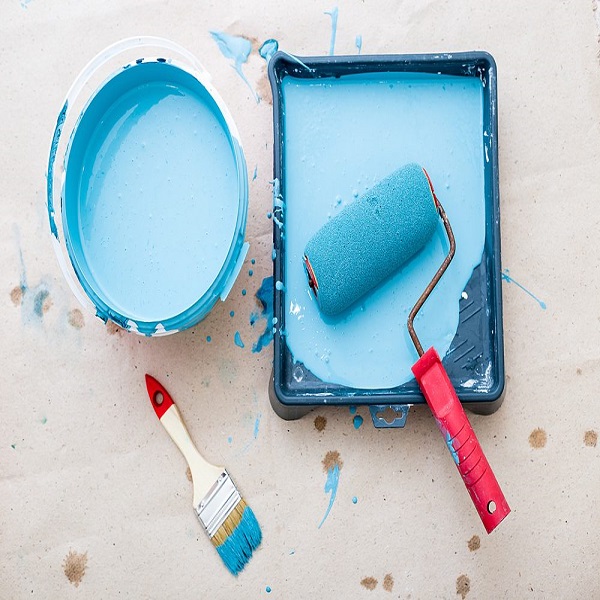
Professional Insights: Tips from Experienced Artists
Experienced artists often develop their own brush cleaning techniques and tips based on years of practice. One common tip is to use multiple brushes for different colors to reduce the frequency of deep cleaning sessions. Another is to invest in high-quality brushes that can withstand rigorous cleaning without losing their shape or bristles. Some artists recommend using natural oils, such as linseed oil, to pre-clean oil paint brushes before using harsher solvents. This method helps break down the paint and reduces the amount of solvent needed. Additionally, keeping a clean cloth or sponge handy during painting sessions allows artists to wipe off excess paint regularly, making the final cleaning process easier. By learning from seasoned artists, you can adopt practical tips and tricks that enhance your brush cleaning routine and overall painting experience.
Common Mistakes to Avoid: Ensuring Effective Brush Cleaning
Avoiding common mistakes in brush cleaning can prevent damage and extend the life of your brushes. One frequent error is not cleaning brushes immediately after use, allowing paint to dry and harden on the bristles. This can be challenging to remove and may ruin the brush. Using hot water to clean brushes is another mistake, as it can cause the ferrule to expand and loosen the bristles. Failing to rinse brushes thoroughly can leave soap or solvent residues that affect future paint applications. Additionally, neglecting to reshape bristles after cleaning can result in misshapen brushes that are difficult to use. Finally, improper storage, such as leaving brushes upright or in a confined space where bristles can deform, should be avoided. Being mindful of these common mistakes ensures more effective brush cleaning and preservation.
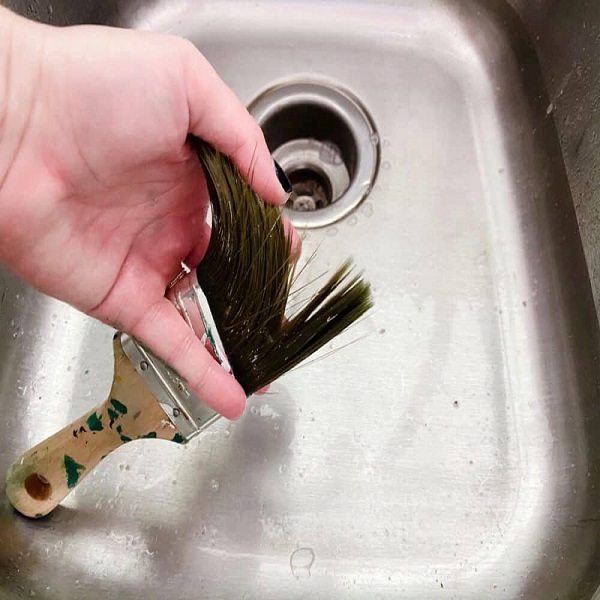
Conclusion: Embracing Responsible Brush Cleaning Practices
Washing paint brushes properly is crucial for maintaining their effectiveness, ensuring the quality of your artwork, and protecting the environment. While washing brushes in the sink is feasible for water-based paints, it requires careful execution to minimize harm. Oil-based paints necessitate alternative cleaning methods to avoid releasing toxic solvents into the water system. Adopting responsible disposal practices for paint waste and establishing a dedicated clean-up station in your studio can further enhance your cleaning routine. By learning from experienced artists and avoiding common mistakes, you can ensure your brushes remain in excellent condition, ready to bring your creative visions to life. Embracing these responsible brush cleaning practices not only benefits your artistic tools but also contributes to a more sustainable and environmentally conscious approach to art-making.

